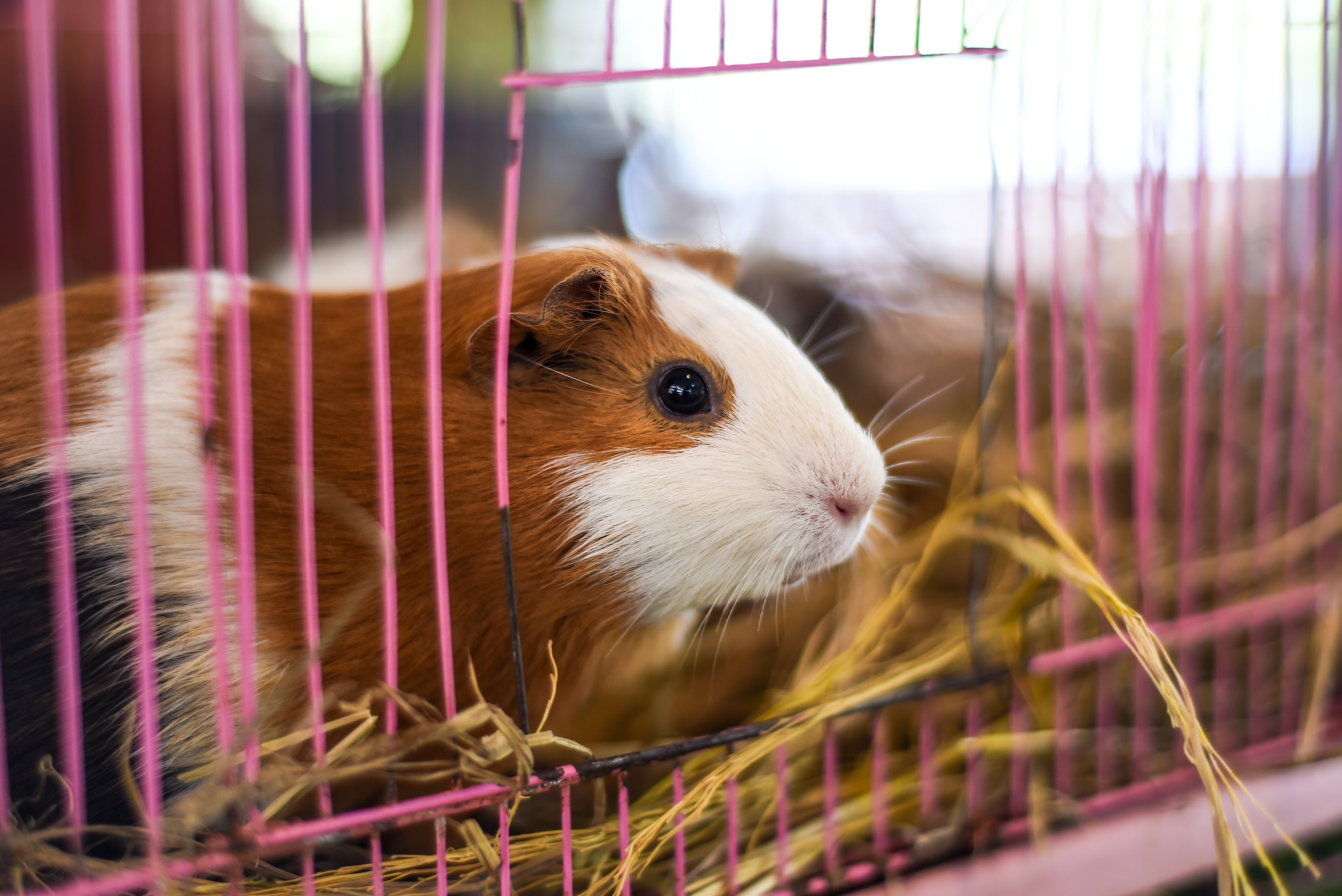Best Choices for Adopting Family Hamsters
Hamsters are small, adorable, and relatively low-maintenance pets that make excellent companions for families. According to recent studies, owning a hamster can bring joy and responsibility to children, teaching them the basics of pet care while providing a furry friend to love. If you’re considering adopting a hamster for your family, it’s crucial to understand the various types available, their needs, and how to create an ideal habitat for them.
This article will explore the best choices for adopting family hamsters, delve into their characteristics, and provide tips for proper care. By the end of this read, you will have a clearer understanding of the options available and which hamster might be the best fit for your family’s lifestyle.
Understanding Different Hamster Breeds
When choosing a hamster, it’s important to know the different breeds and their respective characteristics. Each breed has unique attributes that can affect their suitability for your family.
Dwarf Hamsters
Dwarf hamsters, including the Campbell’s and Russian varieties, are small and usually friendly. Their compact size makes them perfect for children who may want to handle them regularly.
- Campbell’s Dwarf Hamster: Known for their curious nature and sociability.
- Russian Dwarf Hamster: Generally friendly and can live peacefully in pairs or groups.
Syrian Hamsters
Syrian hamsters are the largest of the common breeds and often more robust in personality. They are typically solitary and require a larger habitat. Their size also makes them easier for young children to handle.
- Golden Hamster: The most popular variety, known for their playful nature and distinctive golden fur.
- Honey Hamster: A sweet alternative with a friendly demeanor.
Roborovski Hamsters
Roborovski hamsters are smaller and known for their high energy levels. They require a lot of space to run and play, making them suitable for families that can provide extensive habitats.
- Active and Fast: They can be challenging to catch, emphasizing the need for a proper enclosure.
Choosing the Right Hamster for Your Family
When selecting a hamster for your family, consider factors like age, size, and personality. Here are some tips:
Age
Choosing a younger hamster can lead to a stronger bond as they grow with your children. However, older hamsters are often calmer and may be less active.
Temperament
Observe the hamster’s behavior. Friendly hamsters are easier to handle and interact with. Always ensure to adopt from reputable sources where the animals are cared for properly.
Creating a Comfortable Habitat
Once you’ve made your choice, creating a comfortable home is essential for your hamster’s well-being. Here’s what you need:
Cage Size
The size of the cage is critical. Syrian hamsters need at least a 20-gallon tank, while dwarf hamsters can live comfortably in cages as small as 10 gallons, provided they have appropriate toys and tunnels.
Bedding and Nesting Materials
Use safe bedding options such as aspen shavings or paper-based bedding. Avoid cedar or pine shavings, as they can be harmful to hamsters.
Exercise and Enrichment
Ensure that your hamster’s cage is equipped with exercise wheels, tunnels, and chew toys to keep them active and engaged. Hamsters need ample opportunities to exercise to stay healthy.
Feeding Your Hamster
Proper nutrition is key to keeping your hamster healthy. Here are some feeding tips:
Commercial Diets
Choose high-quality commercial hamster food as the primary diet. Look for pellets that contain a mix of seeds, grains, and high-protein ingredients.
Fresh Treats
Supplement their diet with fresh fruits and vegetables, but be cautious of portion sizes. Safe options include carrots, apples, and cucumbers.
Hydration
Always provide fresh water in a sipper bottle to ensure hydration.
Handling and Socialization
For families, spending time with the hamster often is vital for socializing them. Follow these tips for positive interactions:
Getting Started
Always approach your hamster gently. Start by letting them sniff your hand before attempting to hold them.
Regular Handling
Regular handling helps your hamster become used to human interaction, so spend a few minutes each day playing with them.
Children and Hamsters
Teach your children how to interact with the hamster properly. Supervise younger children to ensure they treat the hamster gently and respectfully.
Health Care Recommendations
Caring for your hamster’s health includes regular vet check-ups and monitoring behavioral changes. Here are some aspects to consider:
Signs of Illness
Be vigilant for signs of illness such as lethargy, changes in appetite, or abnormal behaviors. If you notice any of these, consult a veterinarian specialized in small animals.
Regular Cleaning
Keep the cage clean by removing waste daily and doing a thorough clean every week. This helps prevent health issues linked to dirty environments.
Where to Adopt a Hamster
Always consider adopting from reputable sources. Here are some options:
Pound or Shelter
Animal shelters and rescue groups often have hamsters looking for homes. Adopting from these places can save a life.
Pet Stores
If adopting from a pet store, choose one that provides a clean environment and adequately cares for their animals.
Breeders
Reputable breeders can provide specific breeds that might not be available in rescues or stores. Always check references and the conditions in which the animals are raised.
Introducing Your New Pet to the Family
Once you bring your hamster home, it’s important to make the introduction to your family smooth:
Setting Up the Habitat
Before bringing your hamster home, set up its cage in a quiet, safe space away from direct sunlight and drafts.
First Impressions
Give your hamster some time to adjust to its new surroundings. Don’t handle them for a few days to allow them to acclimatize.
Family Participation
Encourage all family members to participate in caring for and interacting with the hamster to build a strong family bond.
Long-Term Commitment to Hamster Care
Owning a hamster is a long-term commitment that lasts around 2-3 years depending on the breed. It’s essential to recognize the responsibility that comes with pet ownership. Children will want to help with care, and teaching them to take responsibility is vital for their growth and development.
In conclusion, adopting a hamster can be a delightful experience for your family. Whether you choose a dwarf, Syrian, or Roborovski, understanding their needs and characteristics will lead to a fulfilling relationship. Enjoy the wonderful journey of hamster ownership and the joy they bring to your home. For more information, visit this link and check out related insights at this article.

Remember, adopting a pet should always be a joyful journey that enhances family bonds and contributes to the well-being of your new furry friend.
